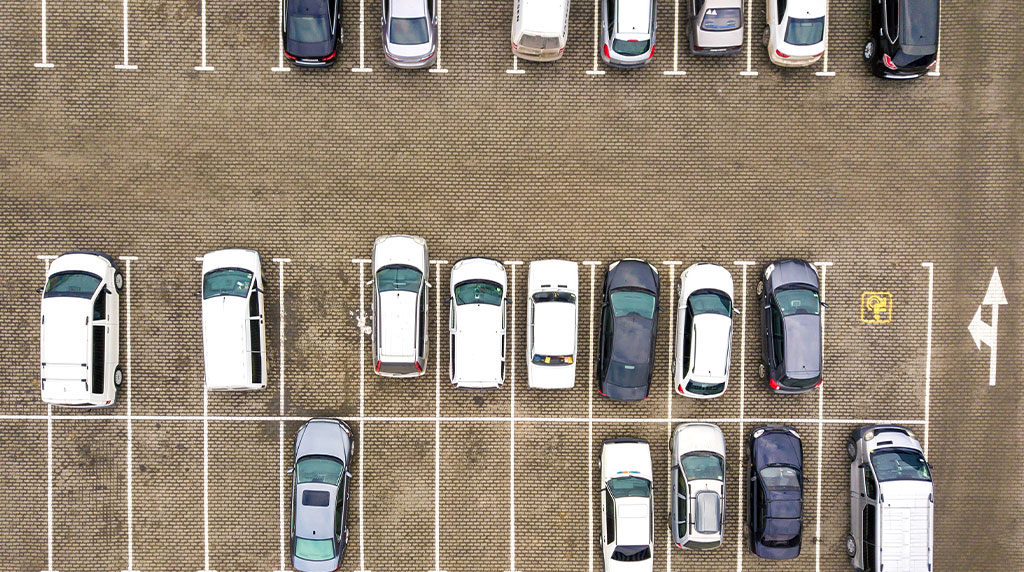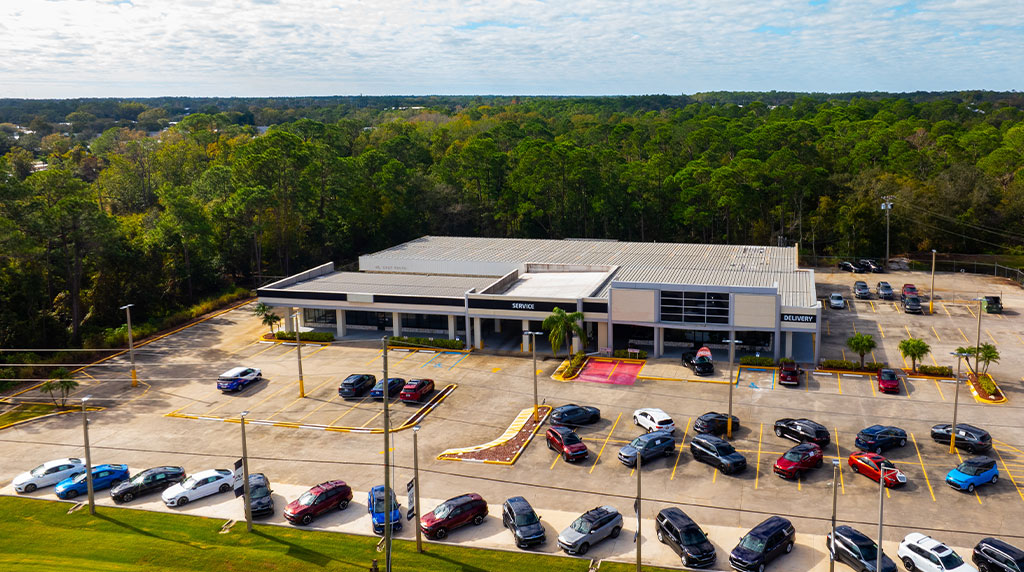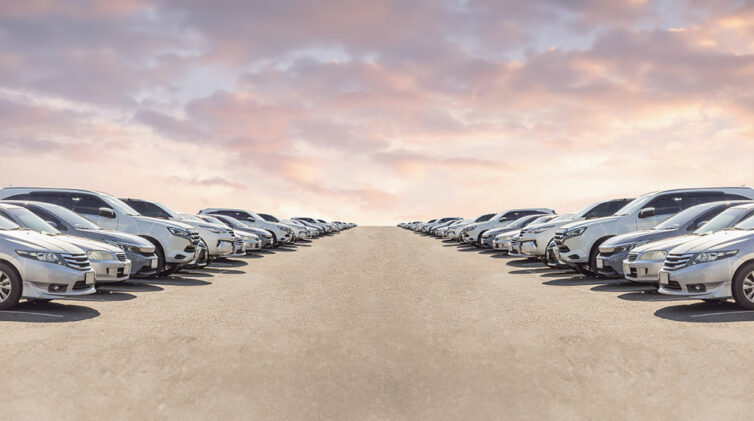AS THE transition to electric vehicles (EVs) slowly but steadily progresses, Australian car dealerships are emerging as highly sought-after niche assets within the property investment market.
But this shift, while mirroring trends in the UK highlighted in a report released by Rapleys property consultancy, reveals key differences due to the unique aspects of Australia’s population, economy and sociopolitical structure.
Additionally, the distinct characteristics of Australia’s metropolitan, regional and rural areas further shape the complex future of dealership properties in Australia.
Population and economic differences and their impacts
The UK, with its densely populated and compact geographic layout, contrasts sharply with Australia’s vast, sparsely-populated landscape. The UK’s population is concentrated in metropolitan areas, supporting a higher density of dealerships in urban settings.
By contrast, Australia’s population is in large part bifurcated … mostly spread-out while also being highly concentrated in its five major cities. In recent years, Australia’s population has experienced hyper-growth post the pandemic under the Labor government’s rules. 
Most of the migration has been concentrated in our five major metro cities, adding to the pressures on property. This is leading to fewer metropolitan sites suitable for car dealerships as the populations in the major cities skyrocket with immigration. Suitable dealership properties are first, very hard to find and second, earmarked to transition to high density residential in the areas that are close to public transport and quite simply, expensive.
The economic structures of the two countries also differ greatly. The UK’s economy is heavily service-oriented with a significant financial sector, while Australia’s economy relies more on natural resources and agriculture in regional areas, while the metro areas are service-oriented.
This economic divergence influences Australian consumer preferences and buying behaviours, favouring larger SUV and utes in the suburbs and regional geographies.
Australians’ car ownership patterns are also very different to the UK, impacting the automotive market and dealer network requirements for geographic coverage.
Sociopolitical structures and sustainability goals
The sociopolitical frameworks in the UK and Australia both support the transition to EVs, but the approaches and pace differ greatly.
The UK has more stringent regulatory measures and government incentives promoting EV adoption. Australia, while making some strides, faces challenges due to its larger rural population where EV infrastructure is less developed. These differences affect how dealerships transition from ICE to EVs and the investments required for sustainable infrastructure.
Maximising profit per square metre
In both markets, maximising throughput per square metre is crucial to maintain profitability.
Australian dealerships, however, face unique challenges due to limited metropolitan sites.
This scarcity drives higher rents for prime showroom spaces, necessitating efficient use of every square metre. Dealerships must strategically balance high-rent showrooms and forecourts with lower-rent service, parts and storage areas to optimise profitability.
Transitioning to multi-franchise models
Australia has been a trend-setter in terms of multi-franchise property utilisation, but the implementation varies.
In Australia, the need to consolidate various brands under one roof was driven by the scarcity of urban land and the high costs associated with it, the lack of unit sales volume, and the over representation of brands in the market. Multi-franchise showrooms and shared service departments can cater to diverse customer needs, providing a comprehensive range of new and used, EV and ICE vehicles.
The key will be Australian dealers taking this to the next level.
For new car sales, not only having multiple dealerships in a row on one property, the next iteration is having multiple brands represented under the same rooftop (no dividers). For service, having all the brands represented by the group in a single location that services all brands in a central location with lower rental and increased efficiency.
Urban vs. regional and rural dealerships
The geographical spread of Australia necessitates a different approach for metropolitan versus regional and rural dealerships. Metropolitan areas, with their higher population density and greater wealth concentration, support large, multi-storey dealerships. These facilities require robust infrastructure to support EV charging and accommodate the heavier floor loads of EVs.
In regional and rural areas, dealerships face different challenges. The lower population density and longer distances mean that dealerships must cover larger PMA territories, often with less access to EV infrastructure. However, these areas also present opportunities for growth as EV adoption increases and infrastructure improves.
Sustainability and cost management
Sustainability remains a significant challenge in both the Australian and UK markets, but the approach may differ. Australian dealerships must invest in energy-efficient systems and sustainable practices to meet future regulations and reduce operational costs.
This is particularly important in metropolitan areas where regulatory pressures are higher. In regional and rural areas, the focus may be more on cost-effective solutions that balance sustainability with practicality.
Strategic mergers and acquisitions
Australia is witnessing significant mergers and acquisitions in the automotive industry.
Dealer groups that can manage their ICE business, while gearing up for the future demands of EVs, will attract investment.
Australia’s market, with its unique challenges and opportunities, remains an attractive destination for international entrants looking to expand due to the weak Australian Dollar.
Conclusion
As EV adoption accelerates, Australian car dealerships must adapt to changing market dynamics.
By maximising profit per square metre, transitioning to multi-franchise models and embracing innovative business strategies, dealerships can secure their future success.
Pitcher Partners has been instrumental in assisting clients with these transitions, ensuring that dealership properties remain both viable and profitable both today and in the future.
The Australian market, while sharing similarities with the UK, presents its own set of challenges and opportunities, particularly in balancing the demands of metropolitan and regional areas.
The pressure to release dealership properties for higher use values will continue making overcapitalised, niche dealership properties vulnerable.
Dealer groups that can navigate these complexities will lead the way in the evolving automotive retail sector.
Steven Bragg and John Gavljak are Partners at Pitcher Partners Motor Industry Services
By Steve Bragg and John Gavljak
















 Read More: Related articles
Read More: Related articles

